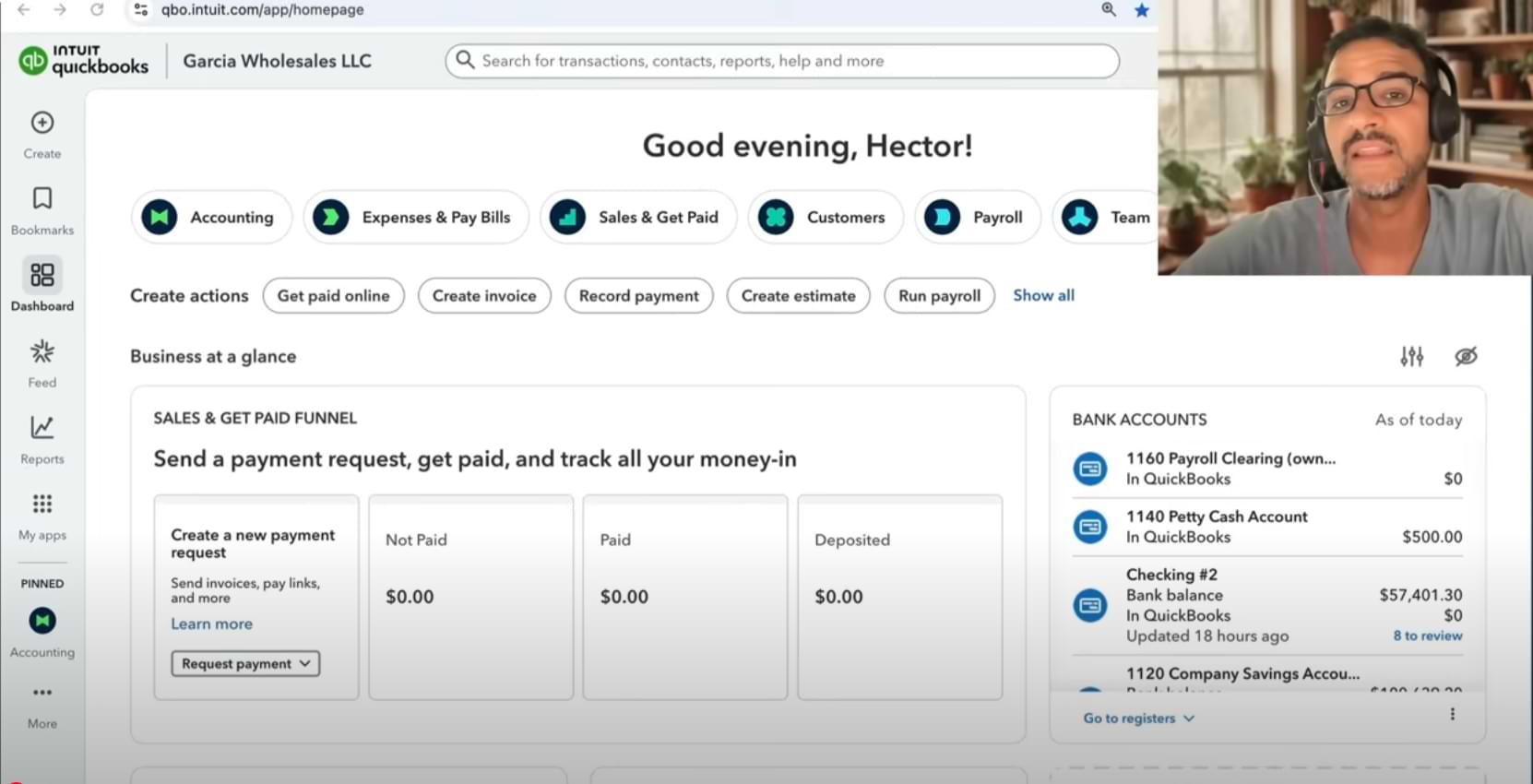Step 1: Planning your consolidation—The most critical phase
The planning stage is the most important part of the entire process. A thoughtful strategy will minimize disruption, reduce risk, and save you significant time and effort.
Choose your target realm
Your first and most critical decision is selecting which of your existing QBOA realms will become your target realm. The user managing the consolidation must be a primary admin on all source realms, and at least a company or primary admin on the target realm.
The best choice for your target realm is the one that already contains your firm's internal books, if present, your Intuit ProConnect Tax accountant and your revenue share (RevShare) setup. Keeping these core functions in their original realm is the safest and most straightforward path, at this time.
- ProConnect Tax: You cannot move QuickBooks Online files that are connected to an open tax return. Also, if your firm has ProConnect Tax set up in multiple QBOA realms, consolidation is not recommended at this time, because a single realm does not support multiple EFINs. For migrating tax documents and e-file confirmations, we recommend contacting support via the in-product help icon.
- Firm books: If your firm intentionally separates your firm books across multiple accounts, then realm consolidation is also not recommended at this time.
- Billing and RevShare: You cannot use the same EIN for RevShare across multiple QBOA instances. After transferring a client's billing, it can take up to two billing cycles for the change to be fully reflected, and you may see prorated charges and credits on statements from the source and target realms.
If these integrations aren't a factor, the next best option is to choose the QBOA with the most client files attached. This reduces the number of clients you need to migrate, which, in turn, minimizes risk and cleanup effort.
If your internal books are in a separate realm from your other integrations, the best approach is to opt that specific realm into the Intuit Accountant Suite. Intuit support can help move your RevShare and ProConnect Tax clients because this involves significant background work and can be complex.
Step 2: Preparing the target realm
Once you've chosen your target realm, a few preparatory steps are necessary.
- Opt-in to Intuit Accountant Suite: Ensure your chosen target realm has been moved to the new platform.
- Confirm firm billing: Verify that your firm's billing is set up correctly in the target realm.
- Recreate custom roles: If you use custom user roles in your source realms, you must manually recreate them in the target realm before the move.
- Back up client data: Download reports for the clients you’re moving.
- Review our How-to Guide: Review this guide and checklist to ensure you are clear on the process, timing, and expectations so you can successfully complete the move.
Step 3: Executing the move with the Client Transfer Tool
With your target realm prepared, you can begin the migration. The process uses a self-service tool that automates moving clients, their associated users, documents, and lead accountant assignments.
- Log in to your target realm as a primary or company admin.
- Navigate to the gear icon and select "Transfer client."
- Choose the source realm you wish to move clients from.
- Select the specific clients you want to transfer. Their associated users will be copied over to the target realm.
- Review the transfer log to confirm the move was successful.
- If you have more than one source realm, simply repeat this process for each one.
The self-service transfer tool cannot move certain subscription types, including the Intuit Enterprise Suite, QuickBooks Self-Employed, and Payroll-only clients. Only active QuickBooks Online subscriptions are eligible for transfer.
Handling Duplicate Clients
If a client exists in both the source and target realms, you must keep the one with the billing relationship. If billing is in the target realm, delete the duplicate from the source realm. If billing is in the source realm, you must delete the client from the target realm before initiating the transfer.
Step 4: Post-move cleanup and communication
After the technical migration is complete, focus shifts to cleanup and communication.
In the target realm:
- Communicate with Staff: Announce that the move is complete.
- Reconnect Apps: Instruct your team to manually reconnect any accountant-connected third-party apps. Client-connected apps should transfer seamlessly.
- Review Users: The tool will move over associated users, so review the user list and remove any inactive staff members who were brought over.
In the Source Realm(s):
- Inactivate Users: Inactivate any firm users who should no longer have access to the old realm.
- Retire Unused Realms: To permanently retire a source realm, create a dedicated "graveyard" email address (e.g., retiredqboa@yourfirm.com) and make it the primary admin. Then, log in to accounts.intuit.com with the new credentials, download a copy of your data for your records, and submit a request to permanently delete the old QBOA data.
Step 5: Ongoing maintenance for a healthy realm
Consolidation is the first step toward better management. To maintain a clean and secure environment, implement a regular maintenance schedule:
- Review staff access: On a quarterly basis, review all staff access levels to ensure permissions are appropriate.
- Clean your client list: Monthly or quarterly, remove clients who are no longer engaged with your firm to keep your list current and manageable.
Find more information on Intuit Accountant Suite, see more information on the differences between QuickBooks Online Accountant and Intuit Accountant Suite.
This information is intended to outline our general product direction, but represents no obligation and should not be relied on when making a purchasing decision. Additional terms, conditions and fees may apply with certain features and functionality. Eligibility criteria may apply. Product offers, features, and functionality are subject to change without notice.



